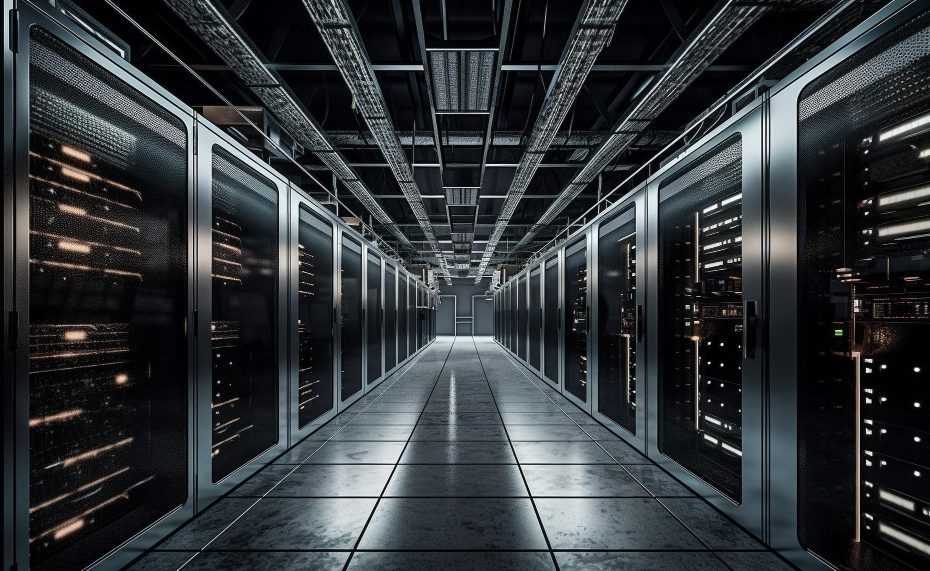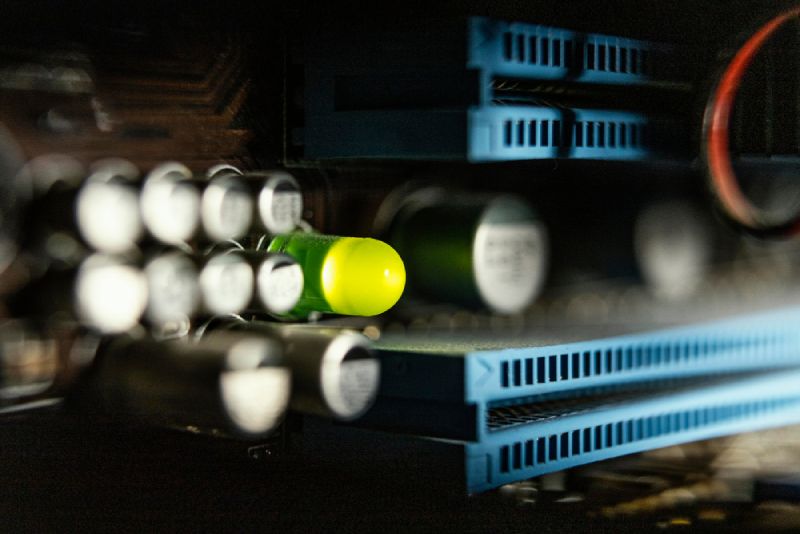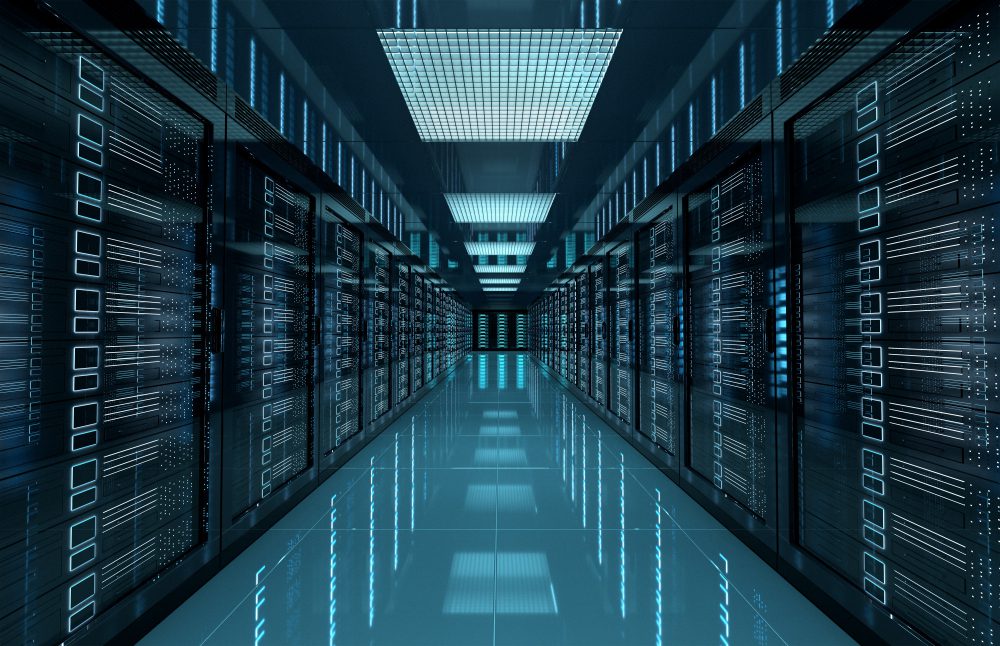What is the best NAS server for home use?
The Importance of NAS Servers in Homes
In today’s digital age, where we store and access an increasing amount of data, having a reliable and secure storage solution is crucial. This is where Network Attached Storage (NAS) servers come in. NAS servers provide a centralized location for storing and accessing data over a network, making them ideal for both personal and professional use. But with so many options available in the market, which NAS server is the best choice for home use?
Factors to Consider
Storage Capacity: One of the primary factors to consider when selecting a NAS server for home use is the storage capacity it offers. Evaluate your needs and determine how much storage space you require now and in the future. Remember, it’s always better to have extra capacity to accommodate future data growth.
Processor and RAM: The performance of a NAS server depends on its processor and RAM. Look for a server with a powerful processor and sufficient RAM to ensure smooth data transfers, seamless streaming, and multitasking capabilities.
User-Friendly Interface: When managing your NAS server at home, an intuitive and user-friendly interface becomes essential. Look for a system that offers a well-designed management dashboard and easy-to-use software to streamline the setup and configuration process.
Data Protection: Data loss can be devastating, especially if it includes years of cherished memories or critical business files. Choose a NAS server that provides robust data protection features like RAID configurations, regular backups, and even cloud synchronization options, to ensure your data stays safe and secure.
Connectivity Options: Consider the connectivity options the NAS server supports. Look for servers that offer multiple USB ports, as well as Ethernet and Wi-Fi connectivity, allowing you to connect various devices and access your data from anywhere in your home.
Top NAS Servers for Home Use
1. Synology DS220+
“Synology DS220+ offers an impressive combination of performance, features, and affordability, making it an excellent choice for home users.” – TechMag Review
The Synology DS220+ is a versatile NAS server that comes with two drive bays, allowing for easy expansion and data redundancy using RAID configurations. It is equipped with a powerful Intel processor, 2GB of RAM (expandable up to 6GB), and supports up to 32TB of storage capacity. Its user-friendly DiskStation Manager (DSM) operating system provides a wide range of applications and features for both personal and professional use.
2. QNAP TS-453D
“QNAP TS-453D offers impressive performance, ample storage capacity, and a multitude of connectivity options, making it an ideal NAS server for home users with advanced needs.” – TechGuru Review
The QNAP TS-453D is a high-performance NAS server perfect for power users and enthusiasts alike. It features a quad-core Intel processor, 4GB of RAM (expandable up to 32GB), and four drive bays supporting both 3.5″ and 2.5″ drives. With dual 2.5GbE ports and HDMI output, this NAS server offers lightning-fast connectivity and multimedia capabilities.
What are NAS servers used for?
A Network Attached Storage (NAS) server is a device that provides shared storage resources to multiple devices connected to a network. NAS servers are used for various purposes, offering a range of benefits and functionalities. Here are some common uses of NAS servers:
Data Backup and Recovery
One of the primary uses of NAS servers is to store and backup critical data. With NAS, you can easily create backups of your files and folders from different devices on the network. NAS servers often provide automated backup features, ensuring that important data is regularly and securely backed up. In case of data loss or system failure, NAS allows for efficient and quick data recovery, preventing potential disruptions.
File Sharing and Collaboration
NAS servers enable seamless file sharing and collaboration among multiple users on the same network. By centralizing files and documents on a NAS server, individuals can access and collaborate on files simultaneously. This promotes better teamwork and streamlines workflows as everyone can work on the same version of a document, eliminating the need for emailing files back and forth.
Media Streaming and Entertainment
NAS servers are often utilized for media streaming purposes. By storing multimedia files such as movies, music, and photos on a NAS server, you can easily access and stream them to different devices like smart TVs, game consoles, or mobile devices. NAS servers typically support popular media streaming protocols, making it convenient to enjoy your favorite entertainment content from anywhere within the network.
Home Surveillance and Security
NAS servers can also serve as a central hub for home surveillance and security systems. By connecting IP cameras to the NAS server, you can record, store, and manage video footage from your security cameras. NAS servers provide ample storage capacity for extended video archives, and some models even offer advanced features like motion detection, remote access, and mobile alerts.
Virtualization and Remote Access
Advanced NAS servers often support virtualization technologies, enabling you to create and manage virtual machines directly on the NAS. This feature is useful for businesses or individuals who require virtual environments for testing, development, or running specific applications. Additionally, NAS servers with remote access capabilities allow users to securely access their data and applications from anywhere using the internet.
Overall, NAS servers offer a versatile and scalable solution for various storage and data management needs. Whether you need reliable data backup, seamless file sharing, media streaming, home security, virtualization, or remote access, a NAS server can help you achieve these goals effectively.
Setting Up a NAS Server: A Comprehensive Guide
Introduction
A Network Attached Storage (NAS) server is a powerful tool that allows you to store and access files from anywhere on your network. Whether you’re a small business owner or a tech-savvy individual, setting up a NAS server can greatly enhance your data management capabilities. In this guide, we will walk you through the steps of setting up your very own NAS server.
Choosing the Hardware
The first step in setting up a NAS server is selecting the right hardware. Consider factors such as storage capacity, number of drive bays, and processing power. Investing in quality hardware ensures optimal performance and reliability for your NAS server.
Installing the Operating System
Once you have the hardware, it’s time to install the operating system. Several options are available, such as FreeNAS, OpenMediaVault, and Synology DiskStation Manager. These operating systems offer user-friendly interfaces and extensive features for managing your NAS server.
Configuring Network Settings
After installing the operating system, access the NAS server’s web interface and proceed with configuring network settings. Assign a static IP address to the NAS server to ensure consistent access and avoid conflicts with other devices on the network.
Creating Storage Volumes
Now that your NAS server is connected to the network, it’s time to create storage volumes. Most NAS server operating systems offer intuitive wizards or tools to assist you in this process. Configure RAID levels, file systems, and access permissions as per your requirements.
Remote Access and File Sharing
One of the key benefits of a NAS server is the ability to access files remotely. Enable remote access to your NAS server by setting up a Virtual Private Network (VPN) or utilizing the built-in cloud services provided by the NAS operating system. This will allow you to securely access your files from anywhere in the world.
Backup and Data Protection
Implementing a backup strategy is crucial to protect your data from loss or accidental deletion. Schedule regular backups to an external storage device or cloud service. Additionally, consider implementing redundancy measures such as RAID configurations to ensure data integrity.
How to Secure a NAS Server?
Introduction
A Network Attached Storage (NAS) server is a convenient way to store and access your data. However, it’s important to ensure the security of your NAS server to protect your sensitive information from unauthorized access. In this article, we will discuss some essential steps to secure your NAS server.
1. Keep Your NAS Software Up-to-Date
Regularly updating your NAS software is crucial for security. Manufacturers frequently release updates that address vulnerabilities and enhance security measures. Make sure to check for updates regularly and apply them as soon as they are available.
2. Strong Passwords and User Authentication
Selecting strong passwords and enabling user authentication is vital to prevent unauthorized access. Use a combination of upper and lower-case letters, numbers, and special characters for your password. Additionally, consider implementing two-factor authentication for an extra layer of security.
3. Enable Firewall and Disable Unnecessary Services
Utilize the built-in firewall on your NAS server to control incoming and outgoing network traffic. Only allow necessary services and ports to be open, and disable any unnecessary features that may introduce potential vulnerabilities.
4. Data Encryption
Encrypting your data adds an extra layer of protection. Look for NAS servers that offer hardware or software encryption options. With encryption, even if your NAS is compromised, the data stored within will still be protected.
5. Regular Backups
Regularly backing up your NAS server is essential in case of any data loss or security breach. Create a backup routine that suits your needs and keep backups stored in multiple locations, preferably offsite or on a different physical device.
6. User Permissions and Access Control
Manage user permissions and access control to ensure that only authorized individuals can access sensitive data on your NAS server. Assign different permission levels based on user roles and regularly review and update these permissions.
How to Back Up a NAS Server?
A NAS (Network Attached Storage) server is a reliable and convenient tool for storing and accessing data on a network. However, like any other storage device, it is crucial to have a backup plan in place to protect your valuable data. In this article, we will explore the steps to back up a NAS server and ensure the safety of your files.
1. Determine your backup requirements
Before diving into the backup process, it is essential to understand your specific backup requirements. Consider factors such as the amount of data you need to back up, the frequency of backups, and the level of redundancy you desire. This evaluation will help you choose the most suitable backup solution for your NAS server.
2. Choose a backup method
There are various backup methods available for NAS servers, including:
- RAID (Redundant Array of Independent Disks): RAID provides data redundancy by distributing or duplicating data across multiple drives. It offers protection against drive failures but may not safeguard against data corruption or accidental deletion.
- Cloud backup: Storing your data on remote servers through a cloud backup service ensures off-site redundancy and protection against physical damage to your NAS server. Many NAS devices offer built-in integration with popular cloud backup providers.
- Local backups: Creating local backups involves copying data from your NAS server to external hard drives or network-attached storage devices. This method offers quick recovery times, but the storage media can be susceptible to damage or loss.
3. Set up a backup schedule
Establishing a regular backup schedule is crucial to keep your data protected. Most NAS devices have built-in backup software that allows you to schedule automatic backups at specific intervals. Determine the frequency of your backups based on the importance of data changes and how much storage space you have available.
4. Test your backups
Regularly testing your backups is essential to ensure the integrity and recoverability of your data. Perform test restores to guarantee that your backed-up files can be successfully retrieved when needed. This step provides peace of mind and allows you to address any issues before a critical data loss event occurs.
“It’s better to be safe than sorry when it comes to backing up your valuable data.”
By following these steps, you can effectively back up your NAS server and protect your data from potential loss or damage. Remember to regularly review and update your backup strategy as your storage needs evolve. With a robust backup plan in place, you can have confidence in the safety and accessibility of your important files.
How to Recover Data from a NAS Server?
A NAS (Network-Attached Storage) server is a convenient way to store and access data on a network. However, you may encounter situations where data gets lost or becomes inaccessible due to various reasons like accidental deletion, hardware failure, or software issues. In such cases, it is important to know how to recover data from a NAS server to minimize data loss and regain access to important files.
1. Determine the Cause of Data Loss
The first step in recovering data from a NAS server is to determine the cause of data loss. This will help you choose the appropriate recovery method and avoid further damage to the data. It could be a hardware failure, accidental deletion, or even a software corruption issue.
2. Assess the Situation
Assessing the situation involves understanding if the data loss is due to a localized issue or affects the entire NAS server. Check if other users or devices on the network can access the server and its files. This information will help you decide whether you need to focus on recovering data from the NAS server itself or if you can recover it from another source or backup.
3. Contact Technical Support
If you are unsure about the cause of data loss or if the recovery process seems complex, it is recommended to contact the technical support team of the NAS server manufacturer. They can provide guidance specific to your NAS model and assist you in recovering the lost data.
4. Use Data Recovery Software
If the data loss is due to accidental deletion or software corruption, you can try using data recovery software specifically designed for NAS servers. These tools can scan the NAS drive, locate deleted or corrupt files, and attempt to recover them. It is important to follow the instructions provided by the software and avoid further modifications to the NAS server until the recovery process is complete.
5. Consider Professional Data Recovery Services
In cases where the data loss is due to severe hardware failure or physical damage to the NAS server, it may be necessary to seek professional data recovery services. These experts have specialized equipment and techniques to recover data from damaged storage devices. However, professional data recovery services can be costly, so it’s important to weigh the value of the lost data against the cost of recovery.
Note: It is recommended to regularly backup your important data from the NAS server to minimize the risk of permanent data loss in case of unexpected events.
In conclusion, recovering data from a NAS server involves understanding the cause of data loss, assessing the situation, and choosing the appropriate recovery method. Whether it’s using data recovery software or seeking professional assistance, the primary goal is to minimize data loss and regain access to important files stored on the NAS server.
Conclusion
Setting up a NAS server may seem daunting at first, but with the right hardware, software, and configurations, it can become a valuable asset for storing and accessing your files. By following this guide, you’ll be well on your way to creating your very own NAS server that meets your unique needs.
In today’s digital age, securing your NAS server is of utmost importance to keep your data safe from potential threats. By implementing these security measures, you can ensure the confidentiality and integrity of your NAS server and enjoy the benefits of convenient data storage and accessibility.



